6. The Color of Money (1986)
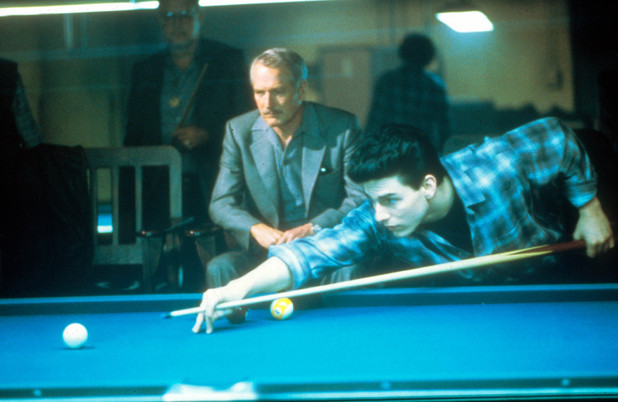
The 1980s was a fruitful time for Martin Scorsese, even if it appeared to be an irritating detour for the director at the time. He couldn’t fulfill his passion projects because the industry changed and was forced to go smaller and serve as a director-for-hire. Accepting a paycheck role in The Color of Money, the sequel to the 1961 Paul Newman pool hall drama, The Hustler, was not what Scorsese imagined where his career would take him. For outsiders, the 1986 film may have signaled an end to the director as a true artist, but in reality, The Color of Money reminded everyone that Scorsese can turn any disposable entertainment into something profound.
An early example of a “legacy sequel,” the film centers around faded billiards hustler “Fast Eddie” Felson (Newman) gets back in the saddle after taking mentorship over a pool apprentice, young hot shot Vincent (Tom Cruise). The heart of the film is the complicated relationship between Eddie, Vincent, and the latter’s romantic partner, Carmen (Mary Elizabeth Mastrantonio). It is a milieu of father-son hardships, a bond of friendship, and a shared kinship towards their romance of pool hustling. The cross-country pool hall journey is merely the backdrop for this sobering character drama.
Critics citing The Color of Money as a soulless cash-grab for Scorsese who shamefully produced vapid entertainment is baffling in retrospect. Sure, it’s nowhere near his most alluring and mesmerizing, but the drama and characterization are quite gripping, and undoubtedly adult. On top of this, no one has ever made a sport look as enthralling as Scorsese does with billiards. He makes every shot, ricochet, and ball pocket count with palpable force. The environments of The Color of Money are slick, intimate, and grounded. Scorsese is still in touch with his location and set-design work. This goes for the rest of Scorsese’s abilities as a director. While not a personal text, The Color of Money is no wasted effort.
7. The Age of Innocence (1993)
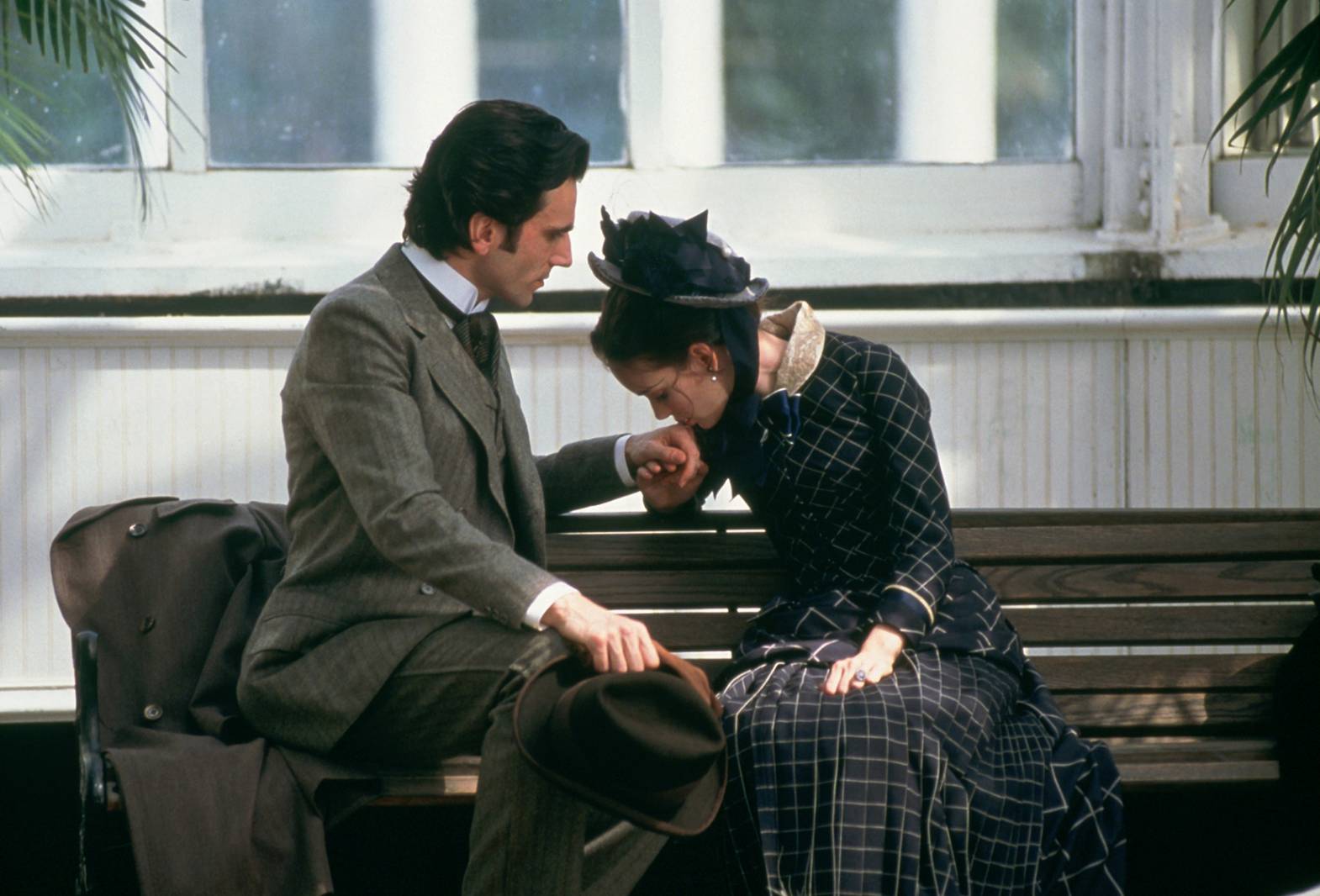
In recent years, Martin Scorsese has been attached to a tiring amount of discourse–most of which are false claims. One fallacy that has lingered with the director is his lack of female representation and interest in women. Another one, even more inaccurate, is that he never branches out from crime/mob sagas. Not only is The Age of Innocence an amazing film, but it should also have permanently debunked any of these myths.
Adapted from Edith Wharton’s novel of the same name, The Age of Innocence tells the story of Newland Archer (Daniel Day-Lewis), a lawyer belonging to high society who falls in love with a free-spirited, independent woman, Ellen Olenska (Michelle Pfeiffer), despite his engagement with May Welland (Winona Ryder). Newland is trapped in this rigid society. He must follow a routine and is tied to a marriage that was preordained by his family. He is not so much sexually attracted to Ellen but more allured by her lack of strict tribalism. Newland’s fiery temptation to break free and pursue a relationship with the Countess is countered by his natural allegiance to the system and family structure. This tension is as emotionally visceral as any violent sequence in Taxi Driver or Casino.
Scorsese had a personal connection to Wharton’s novel, and it is felt through the film’s painful exploration of the true desires of the heart. The Age of Innocence is as if a romantic costume drama was emotionally suppressed from blossoming sincere love. Scorsese comments on the phenomenon of a society washing away the spirit of man through the backdrop of a society that kills with kindness. The world of high society in New York is beautiful on the exterior, but the delicate ballrooms and costumes gradually devolve into symbols of suppression. All of these ideas are so richly executed by Scorsese, who turned out to be the perfect candidate to contextualize The Age of Innocence to modern audiences.
8. Bringing Out the Dead (1999)
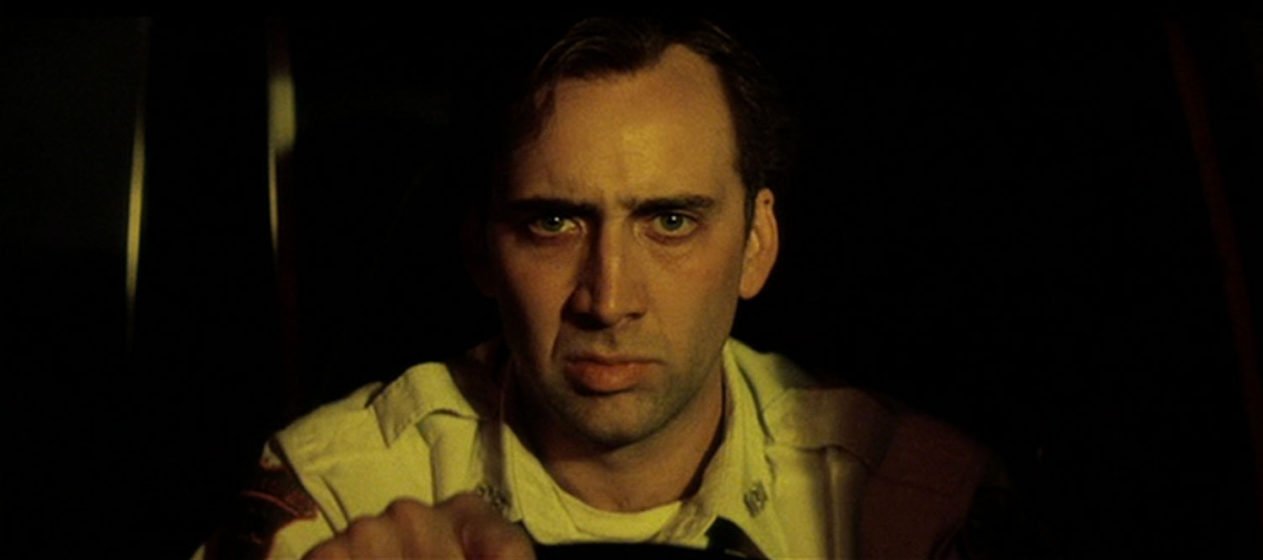
In another collaboration with screenwriter Paul Schrader, Martin Scorsese once again examined the psychology of a graveyard shift laborer in New York City–this time quite literally. What seemed like a retread in fact amounted to one of the director’s most odd, curious, and eternally fascinating films. Most of Scorsese’s underrated films have received a substantial wave of reclamation, but Bringing Out the Dead has still been left out to dry.
The power and responsibility of saving people’s lives are disturbing for burned-out Manhattan paramedic Frank Pierce (Nicolas Cage) in Bringing Out the Dead. Across three turbulent nights, Scorsese dives head-first into the mind of a psychologically warped protagonist. This is a staple of the director’s films, but the difference lies in the benevolence of the main character. He might be compatible with Schrader’s line of lonely men, but Frank is a noble individual with a courageous occupation. Watching him submerge himself into a hellscape–one that resembles the streets of New York, is harrowing. His varied interactions with three separate co-workers, in standout performances by John Goodman, Ving Rhames, and Tom Sizemore, exhibit a complex of an angel and devil on his shoulder. He is constantly pulled back and forth between caring about the lives of the people he couldn’t save and learning to stop worrying. Even when Frank leans towards the favorable latter option, he is confined to nihilism.
As prominent as any Scorsese film, the film hauntingly embodies The Sacred and the Profane. Bringing Out the Dead is a collision of Christian anguish and guilt and the street-wise sensibilities of New York in the after-hours. The reversed dynamic of an EMT in a desperate quest for his own redemption and salvation is certainly on brand for Scorsese.
9. Shutter Island (2010)
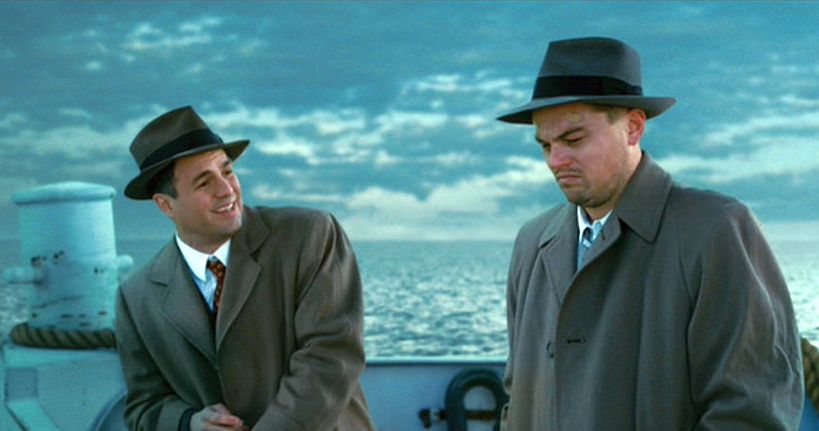
After winning the coveted Best Picture for The Departed, Martin Scorsese took an unexpected swerve into B-movie territory. Heavily inspired by Alfred Hitchcock and grimy noirs of the ‘40s, Shutter Island is the director’s bid at making a classier version of a pulpy mystery noir. Since its release in 2010, the film has garnered a passionate following for its bleak storytelling and stunning visual language, despite its outlier quality in relation to Scorsese’s filmography.
In the film, based on the novel by Dennis Lehane, two US marshals are sent to investigate the disappearance of a patient on the titular Shutter Island, where one agent, Teddy Daniels (Leonardo DiCaprio), uncovers a disturbing truth about the area and reality. Scorsese’s recent exploration of regret and the haunted reflection of life and spiritualism seen in Silence and The Irishman originated in this B-movie. The director aggressively confronts the anguish of the Daniels character–allowing him to be sympathetic when constructing a character study and irredeemably disturbed when leaning into the schlocky genre makeup of the film. While this balance is effective, Shutter Island would be more captivating if it exclusively leaned into the grimy horror at its core.
Robert Richardson’s photography is immaculate, which is counterintuitive when making an unhinged psychological horror. Scorsese’s portrayal of a man burdened with guilt is painfully hopeless. While his protagonists are usually provided a narrow window to salvation, Daniels, unbeknownst to him, is left in a whirlpool of angst. Shutter Island posits that truth and fantasy are both forces of evil. This film had no reason to be as thought-provoking and existential as it is, but no matter the text given to him, Scorsese must uncover the darkest pockets of the soul.
10. Hugo (2011)
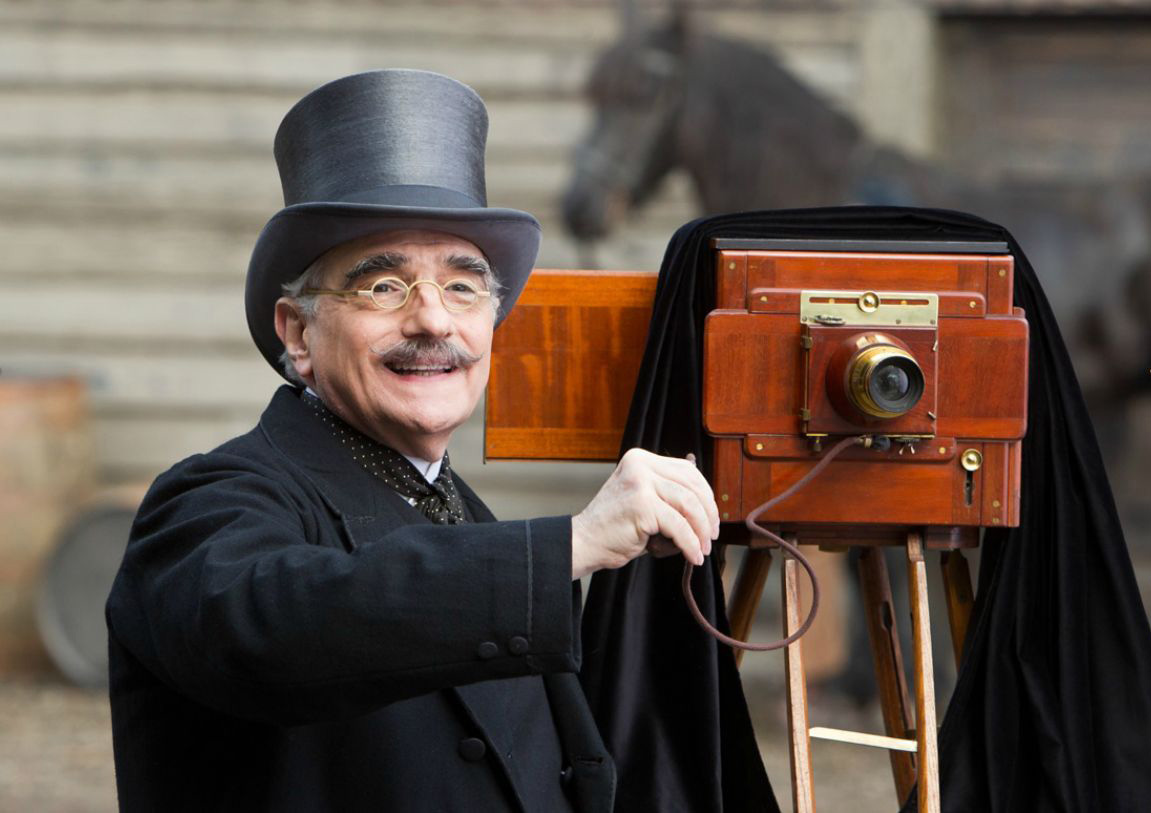
Was anyone awaiting a family-friendly or 3D Martin Scorsese film? Most likely not, but what was feasible is that he would turn into a love letter to cinema. The phrase, which is now a cliche, is often used derisively to describe a saccharine film about the magic of movies. In the case of Hugo, Scorsese understood the tonal requirements of the text and warmingly placed the story from the perspective of children.
In the 2011 film, an orphan, Hugo, (Asa Butterfield), living in the walls of a train station is entangled in a mystery involving his late father. Along the way, he meets Isabelle (Chloe Grace Moretz) and Georges Melies (Ben Kingsley) and becomes transfixed by the imaginative wonder of cinema. While labeled as a family film, Hugo is constructed to be more appealing to adults. The intersection of automation and cinema sparks an interesting dynamic between the mechanical process of filmmaking. What Scorsese identifies is the magic of creating art, rather than just solely experiencing it on the big screen. There are moments of slapstick that feel dumbed down to satisfy the PG rating, but for the most part, the film does not pander to a younger audience, even in scenes with overt sentimentality.
These are emblematic of Scorsese’s deep romanticism of cinema. Hugo’s standing as a story loosely advocating for film preservation is strikingly relevant today. The film’s tone and perspective are indicative of Scorsese’s relationship to film and the public. Outside of The Aviator, Hugo is his only picture directly engaging with the form of film. By contextualizing the history and future of the medium through the eyes of children, it seems wholly more important and majestic.